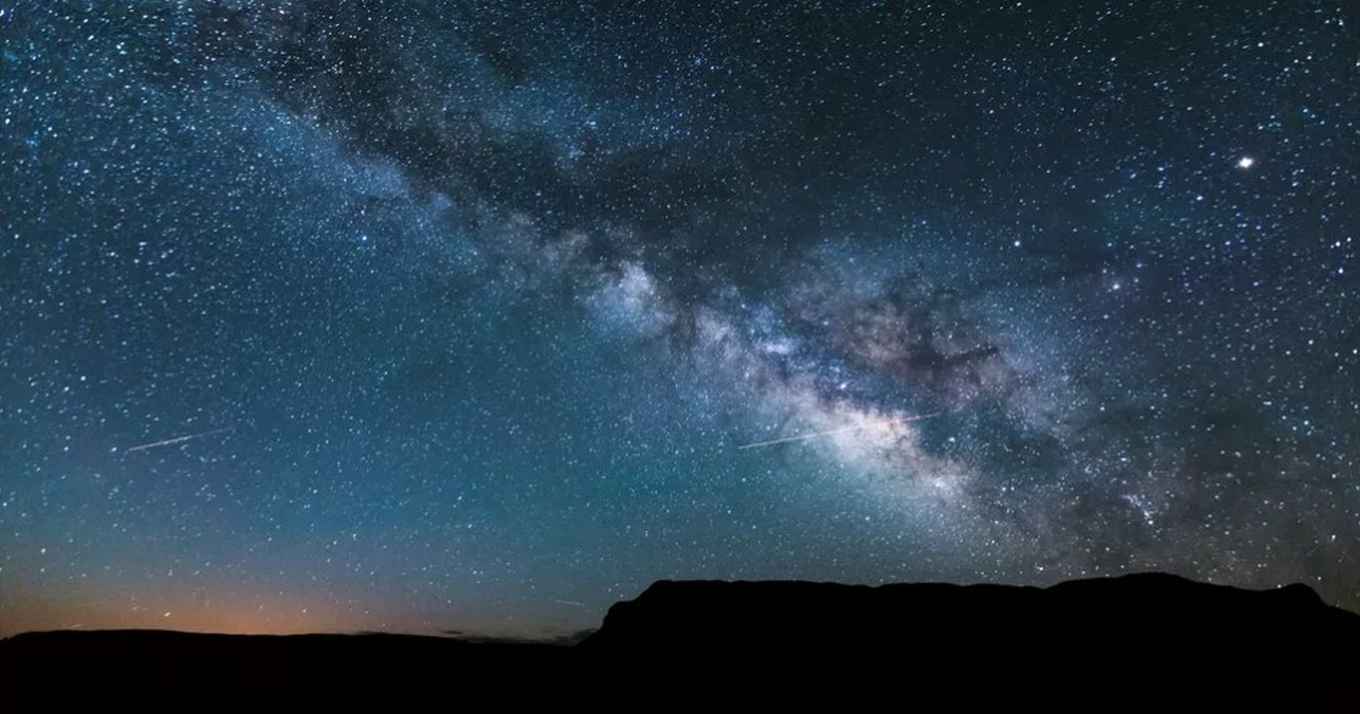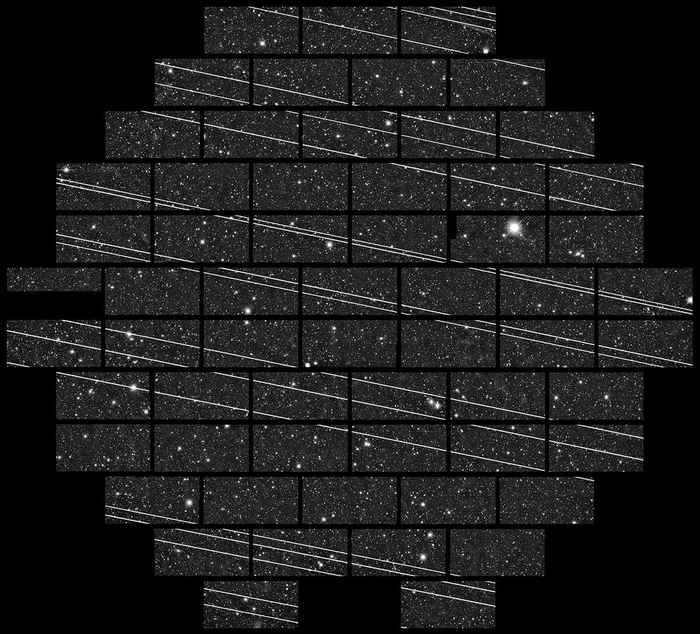Blog: Interference in astronomy
By PhD candidate Kenzie Nimmo
30 October 2020

This interference of light is not only affecting amateur astronomers, but also professional astronomers in their research. As a result, most telescopes are built in remote areas, which must be continually protected against increased light pollution.
In addition to light pollution caused by well-lit cities, there are other forms of interference that hinder astronomy research. One example are the hundreds of SpaceX Starlink satellites that are currently being launched. These satellites reflect light from the Sun, and are extremely bright. This is problematic if scientists are taking long exposure images of the sky looking for distant faint objects. The result will be white streaks across the image, limiting what we can see.

Light pollution exists in many different types of light. In radio astronomy, another example of light pollution is the perytons. Discovered by API researcher Emily Petroff, the perytons are short radio signals detected at the Parkes radio telescope in Australia, that closely resemble the Fast Radio Bursts that she was investigating. Perytons were discovered to be originating in the canteen of the Parkes Observatory, when astronomers would prematurely open the microwave oven. The result of this interference was years of debates about the nature of FRBs.
In the Netherlands, to raise awareness of the problems of light pollution, we turn off all lights on the Nacht van de Nacht (October 24 2020).